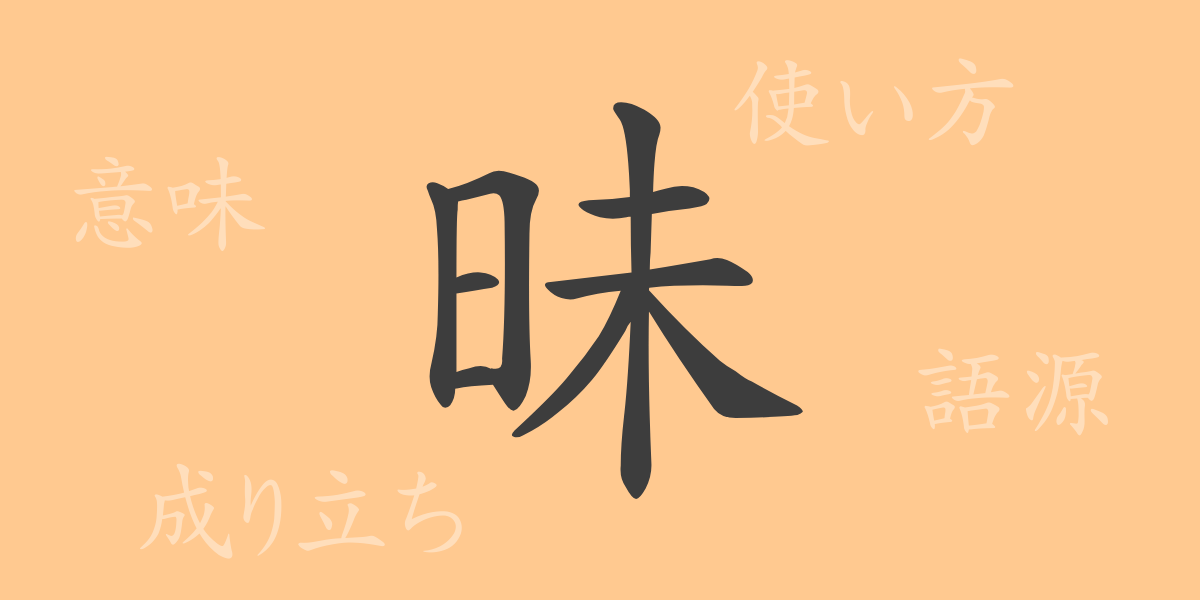The meaning and history hidden in a single kanji character can teach us about the depth of a country’s culture and language. The commonly used kanji “昧” (mai) in Japan is no exception. In this article, we delve into the origins, meanings, usage, and even the idioms and proverbs used in everyday life that feature “昧” (mai), uncovering its allure.
The Origins of “昧” (mai)
The kanji “昧” (mai) is a character that originated from ancient China, and its form is related to “昏” (kon), which represents the darkness before dawn. Historically, it meant “before dawn” and symbolized the dim darkness before the sun rises or the unclear state of things. Over time, “昧” (mai) also came to be used to indicate a state that goes against knowledge or reason.
The Meaning and Usage of “昧” (mai)
In modern Japanese, “昧” (mai) is often used with a negative connotation. It refers to states that are unclear, not obvious, or lacking understanding, and is sometimes used from a moral perspective. For example, “良心昧” (ryoushinmai), meaning “not conscientious,” or “無知蒙昧” (muchi moumai), meaning “ignorant and unenlightened,” are such usages.
The Reading, Stroke Count, and Radical of “昧” (mai)
Here is some basic information about the kanji “昧” (mai).
- Reading: On’yomi (Chinese reading) is “マイ” (mai); there is no specific Kun’yomi (Japanese reading)
- Stroke count: 9 strokes
- Radical: 日部 (nichihen) – sun radical
Idioms, Proverbs, and Phrases Using “昧” (mai) and Their Meanings
Idioms, proverbs, and phrases that include “昧” (mai) reflect the meanings of the kanji. Here are a few examples:
- 愚昧 (gumai) – Lacking knowledge and judgment.
- 蒙昧 (moumai) – Lacking knowledge and education, not knowing the principles of things.
- The proverb “疑問昧々” (gimon maimai), which expresses a state of being filled with doubts.
Summary of “昧” (mai)
The kanji “昧” (mai), from its origins to its modern usage, symbolizes darkness and unclear states, carrying a unique nuance in the Japanese language. While it is often used to emphasize negative meanings in context, it also possesses an allure that evokes the depth of words. When you encounter “昧” (mai) in daily life, recalling its historical and meaningful background might deepen your understanding of the language.

























